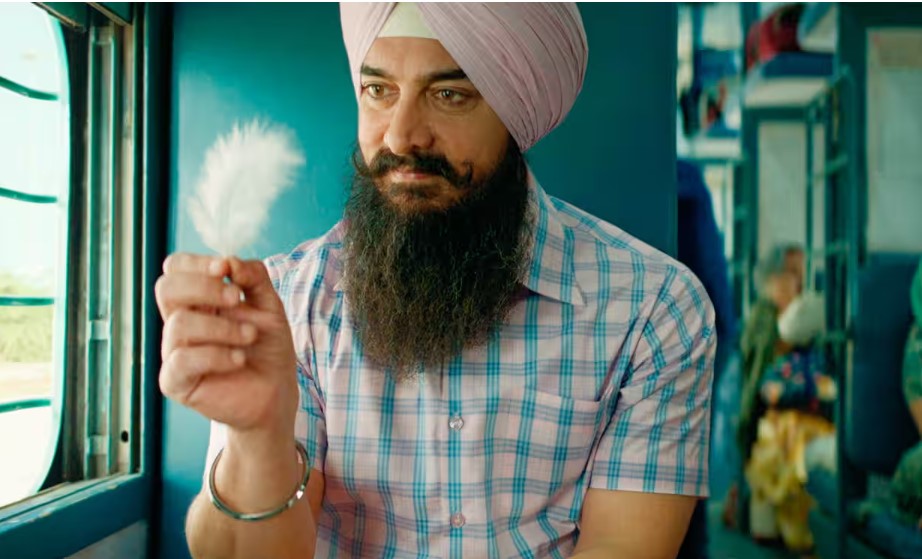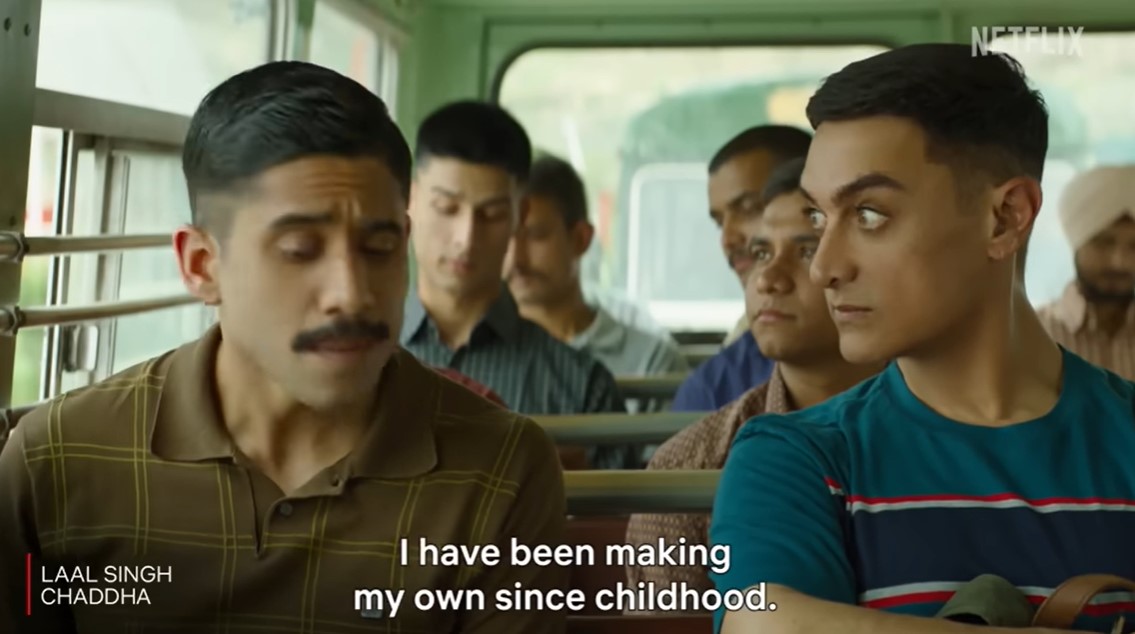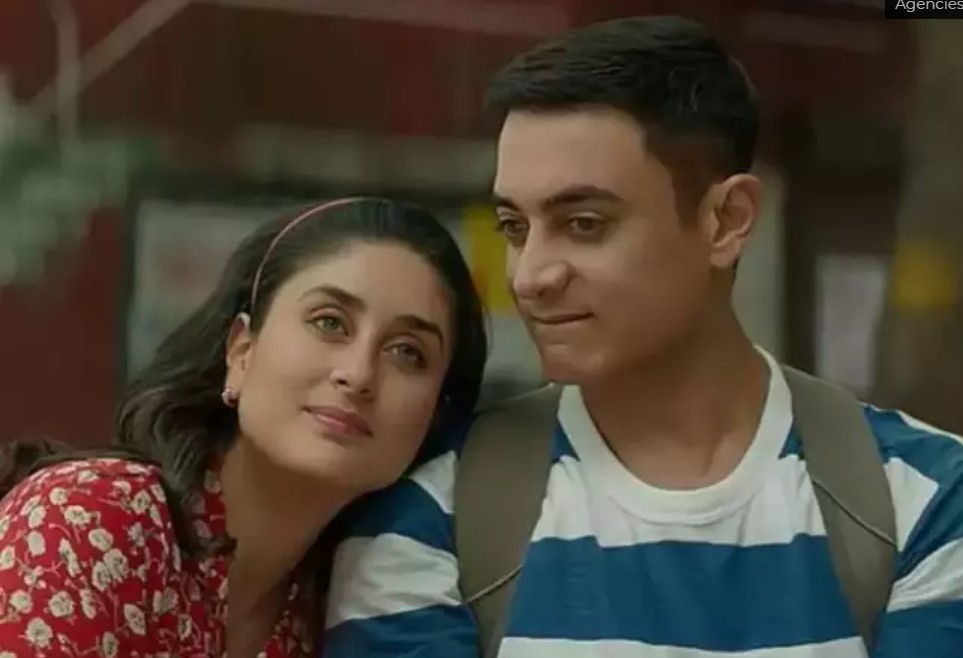
Faithful Adaptation with Cultural Tweaks
Director Advait Chandan’s Hindi remake of Forrest Gump stays remarkably faithful to the original, replicating its iconic elements such as the CG feather, sappy score, and picaresque storytelling. The adaptation introduces cultural nuances, such as replacing chocolate boxes with golgappa, but overall, the film closely mirrors its predecessor’s strengths and weaknesses. The adaptation might leave viewers feeling that a simple summary—Hindi Forrest Gump—captures most of what the film has to offer, as it adheres so closely to the source material.

Character Dynamics and Political Undertones
The remake adds some new layers to the characters and infuses a degree of political commentary that the original only hinted at. Aamir Khan’s portrayal of Laal Singh Chaddha as an even more intense “momma’s boy” adds depth but also brings the character closer to a relentless, commentary-driven style. The film also makes bolder political statements, with scenes that critique Indian militarism and subtly challenge the idea of conformism. These elements suggest a willingness to engage with contemporary issues more openly than the original film did.

Mixed Success in Adaptation and Execution
While some scenes, like the running sequences, retain their comedic impact, and Khan’s physical expressiveness shines through, the film doesn’t fully capitalize on its potential. The character of the amputee friend as a reformed fundamentalist is an interesting addition, though it lacks the sharpness of Khan’s earlier satirical work. Ultimately, Laal Singh Chaddha showcases director Chandan’s competence but falls short of the genuine magic of Secret Superstar. Khan’s decision to play it safe may be understandable given recent personal and political pressures, but it also means the film doesn’t take the bold stands that have characterized some of his best work.





